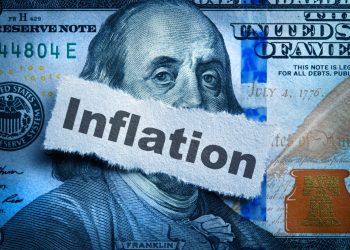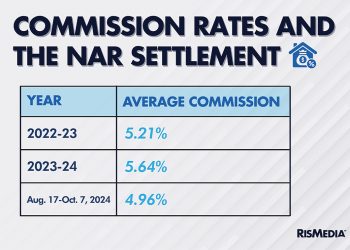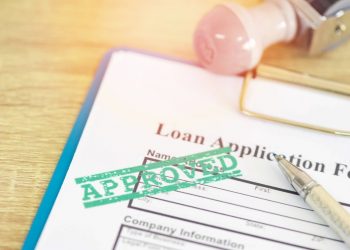By James R. Hagerty, The Wall Street Journal
RISMEDIA, Oct. 23, 2007-(WSJ.com)-In a glimmer of good news for the U.S. home-mortgage market, more people are managing to keep up with payments on loans made in recent months, according to new data from First American LoanPerformance, a San Francisco research firm.
The trend reflects more-conservative lending policies adopted by mortgage companies this year in the wake of a surge in defaults and foreclosures, said Mark Carrington, director, analytical sales and support, at First American LoanPerformance.
Even so, defaults continue to rise in proportion to the overall number of home loans outstanding nationwide, most of which were made between 2003 and 2006, when lending standards were growing more lax. That means foreclosures are likely to keep rising, adding to a glut of homes already on the market and weighing on prices.
To assess recent results, LoanPerformance looks at loans that are four months old or less. During this year’s second quarter, 6.6% of subprime loans in that category already had been blemished by payments at least 60 days overdue, LoanPerformance found. That was down from 7.2% in the first quarter and a peak of 7.6% in last year’s third quarter. “It’s still really high, but at least it’s dropping now,” Mr. Carrington said.
LoanPerformance says its loan-servicing data base covers about 80% of the national mortgage market. Subprime loans are those to borrowers with weak credit records or high debt in relation to their income.
For prime loans, the rate of new loans going bad declined to 0.6% in the second quarter from 0.8% in the first quarter.
A rash of all-but immediate defaults on loans last year alarmed investors and helped force dozens of lenders out of business. Investors who buy loans often can force lenders to buy back those that go sour within a few months. That can mean big losses for the lenders.
Lenders have blamed the early defaults partly on fraudulent loan applications from people who never intended to make payments and partly on a drop in home prices that has prompted some buyers to walk away from their obligations. Partly as a result, lenders are screening loan applicants more carefully for signs of fraud and requiring buyers to put up larger down payments.
The lax practices of recent years continue to haunt lenders. Including all subprime loans in the database, 18.8% were 60 days or more overdue in July, up from 17.5% in June, according to LoanPerformance. Making matters worse, borrowers face sharply higher payments on those loans after an initial two- or three-year period of easier terms expires.









